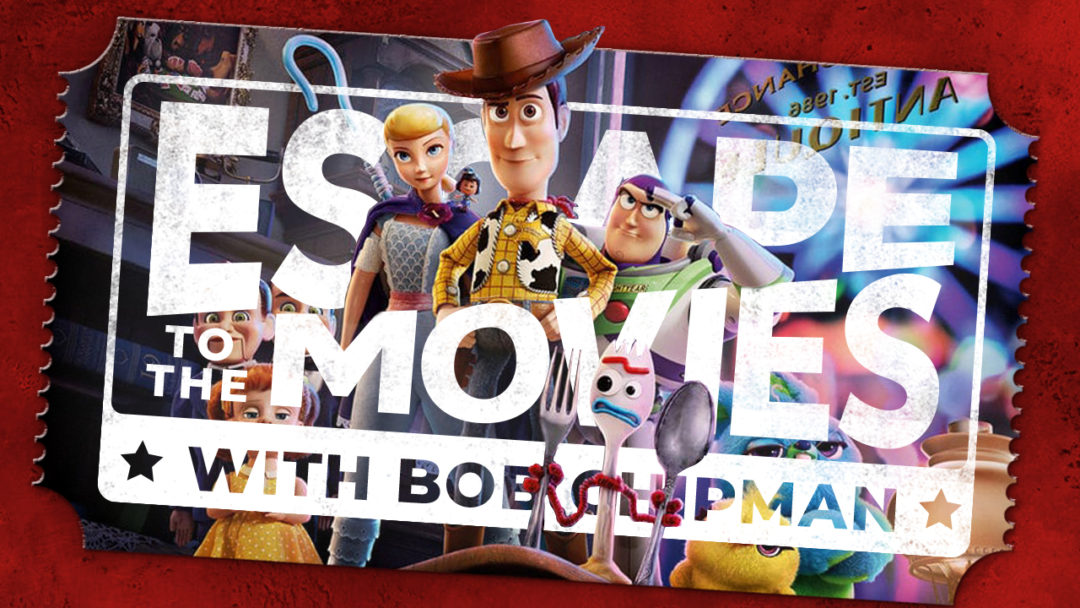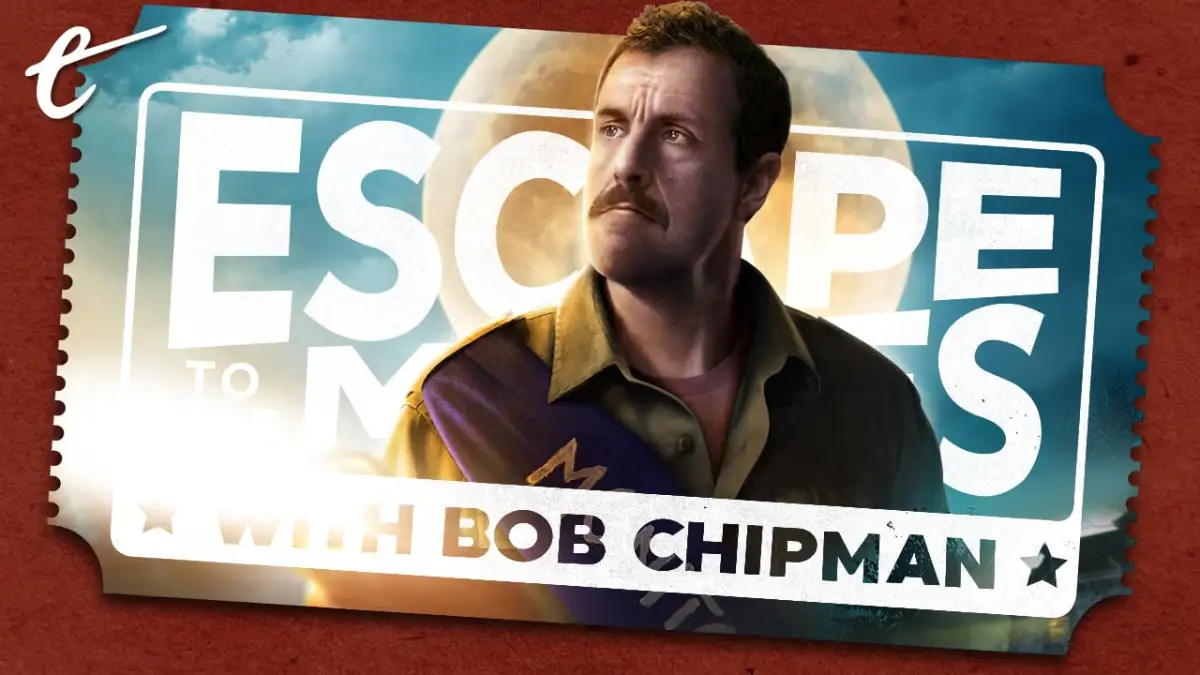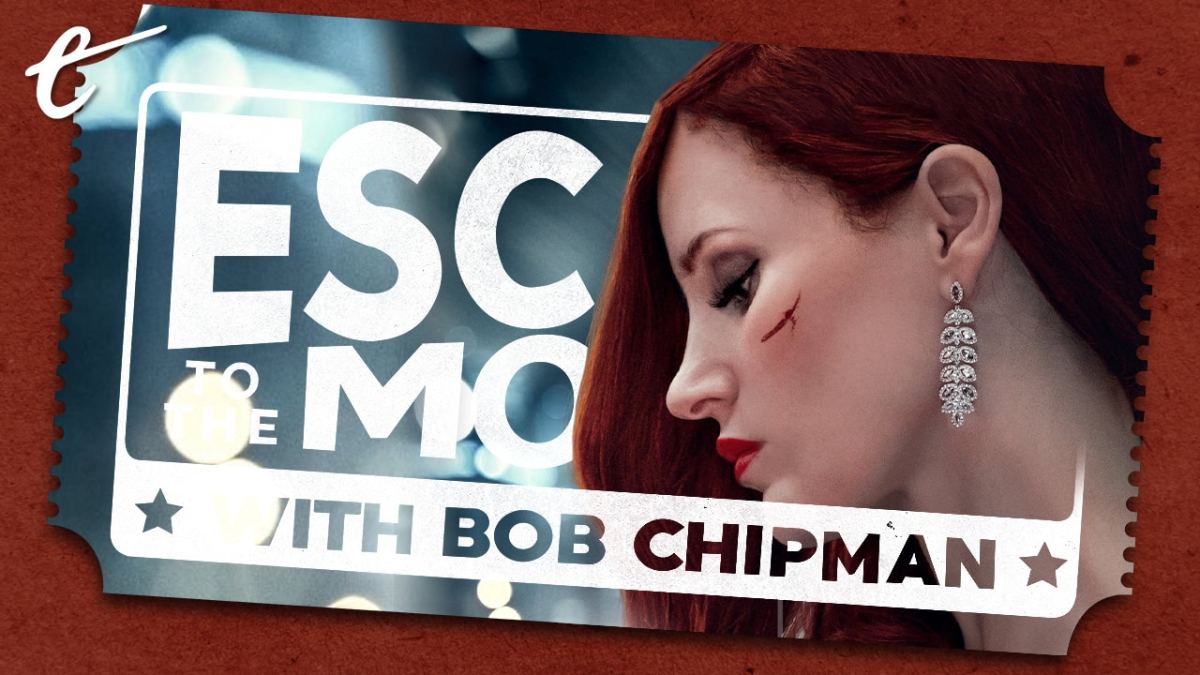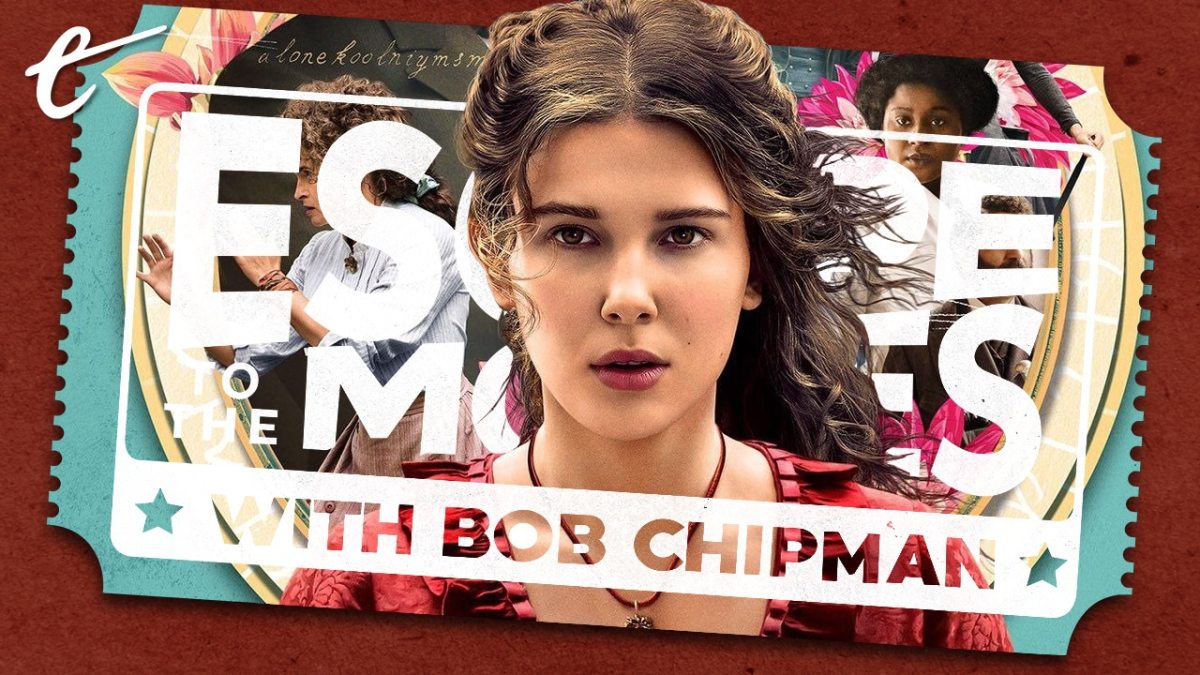Everyone relax. It’s fine. More than fine — it’s actually pretty darn good. They didn’t screw it up, the original trilogy is untarnished, they didn’t try for some kind of bizarre retcon or to forcibly extend the life of the brand in an overly awkward way. Your nostalgia will likely remain unperturbed. If that was a worry weighing on whether or not to see Toy Story 4, you can probably let it rest.
It’s also not as good as the first three, but it also has a very different tone, covers mostly new(ish) ground and ultimately feels like its own thing. Toy Story 4 is self-possessed even as the big, kind-of-a-stretch main hook of the plot is in fact built around tying off what some considered a loose plot thread from the previous films.
Everyone who loved the original Toy Story movies was worried that this unexpected return to the well would be ill-advised, mainly because the third film had closed-out perfectly the Andy/Woody/Buzz narrative begun in the original. For me, I was okay with the idea of seeing more post-Andy’s Room stories with these characters — the various “Bonnie-era” TV specials, which this sequel feels more akin to than the other movies, have been solid. I was, however, profoundly worried that after admirably resisting the urge for three nearly-perfect prior films, they’d finally make the mistake of trying to explain too much of how the “logic” of the Toy Story universe actually works.
For context: As indicated in the film’s trailers, Toy Story 4’s inciting incident is the arrival of a new toy named “Forky” into the main cast. But whereas the others are store-bought playthings, Forky is an arts and crafts project made by Bonnie in school seemingly “willed to toy-life” by her deciding to regard him as a new favorite toy. Being imbued with life actually frightens and confuses him to the point where he initially keeps trying to (for lack of a better word) dispose of himself in the way a plastic spork is fated to be.
Lest you think, “Wait, is Pixar finally so high on being Pixar that they think they can even make a movie about plasticwear with suicidal ideation heartwarming?” this is mostly a setup for Woody and Forky to get separated from the group during a road trip with Bonnie’s family. They then stumble onto a small town antique shop and (eventually) run into long-missing original cast member Bo-Peep who’s now living on her own as a rugged lost toy survivalist in the wild.
Toy Story 4 is a substantive epilogue and as a decent feature in its own right.
Peep, you may remember, is also a toy who’s not technically a toy but rather a porcelain statue from a child’s lamp that Andy’s sister treated as one. Between her and Forky it seemed like Toy Story 4 was gearing up to offer some sort of definitive mechanic to how and why toy sentience is a thing in this universe. While I get that that’s always been an issue for some fans, the point of all these movies isn’t that the toys are talking or even that they are toys. The point is their usage as nuanced allegories about parenting, the passage of time and existential questions of self-identity as reflected by the sentimental objects we project our inner thoughts onto. The Toy Story universe doesn’t need to have (and, I’d argue, would likely suffer from) a mechanical logic because it’s entirely about the emotional logic of the toy/child/childhood dynamic as a microcosm of the broader human experience.
Fortunately, it turns out Pixar still knows what they’re doing after all. The one cursory nod in the direction of maybe explaining how this all works is laughed off as a joke. Instead it settles into the franchise’s prefered storytelling format of a multi-tiered rescue mission narrative where one or more sets of characters can be stuck in a place having profound discussions on the meaning of life while still others can have colorful adventures attempting to break them out. This time, though, the discussion gets more screen time and a more melancholy edge while the rescue slapstick is a touch more perfunctory and unobtrusive. The adventure portion mainly serves to introduce new characters like Keegan Michael Key and Jordan Peele as a pair of carnival game stuffed animals, Keanu Reeves as a Canadian counterpart to Evil Knievel, and Ally Maki as a Polly Pocket-esque minifigure.

The main focus remains on existential angst once again overtaking Tom Hanks’ Woody as he once again confronts the question of who he is and what purpose he serves if not to be room-captain to his friends and guardian-angel to a specific kid. The “new” Bo-Peep is on hand to provide an example of a different path for Woody. Even the youngest viewers will probably suss out where this is all going well before it gets to the conclusion, which is appropriately heartstring-tugging, if nowhere near the traumatic, all-out sobfest that Toy Story 3 was. What’s more interesting is the subtle way it opts to get there, consistently opting for character turns and drama over spectacle. That journey includes a “threat scenario” of potential villains, hazards and dangerous settings that at first feel deliberately like retreads of similar hazards from the first, second and third films only to play out … a little differently.
Toy Story 4 is a curiosity of a big family movie, a minor epilogue to a major work that’s mostly good enough to stand as its own entity and almost good enough to peek all the way out from under its predecessor’s shadow. Some wayward seams are visible. Save for the hefty drama of Woody’s decisions in the third act, this mostly could’ve been another one hour TV special if it lost the cute but superfluous comedy B-story with Buzz Lightyear. (Buzz gets less to do here than any of the previous installments.) And while Annie Potts’ turn as the reimagined self-sufficient action-girl Bo-Peep is an entertaining and intriguing characterization, in the context of the story it feels like there are darker notes that remain unplayed. One angrier moment where she and Woody’s opposing philosophies clash never fully materializes. The film would have definitely been improved by further exploring that territory.
Still, as a minor but substantive epilogue and as a decent feature in its own right, the film works. I found myself once more caught up in the sweep of it, however slight it was overall. Guess that’ll teach me to doubt Pixar.






Published: Jun 13, 2019 12:00 pm